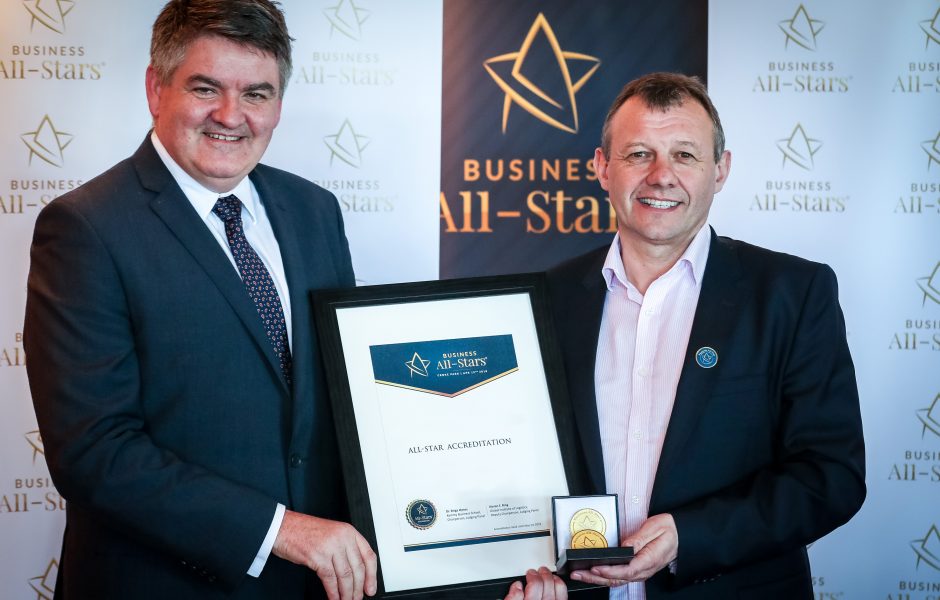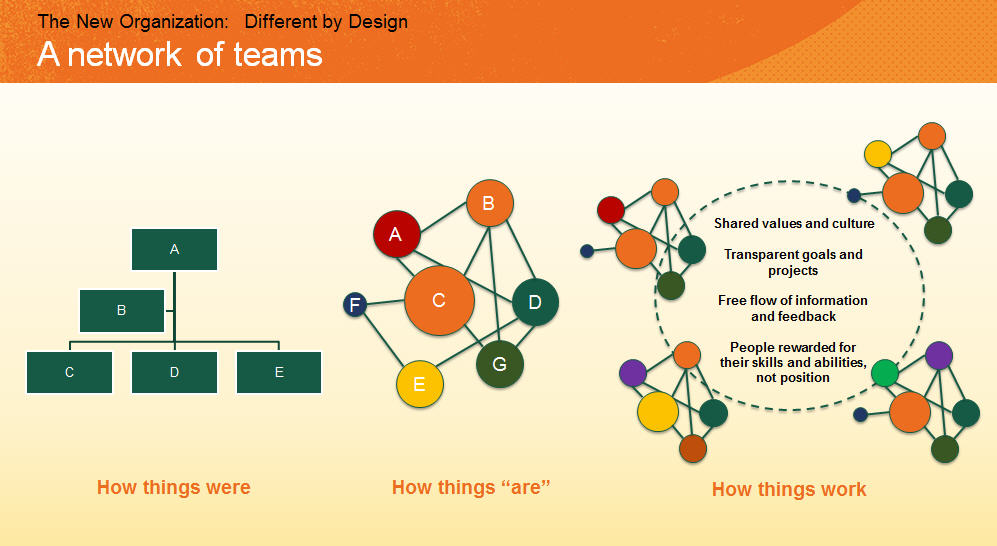The retention of talent is the number one challenge for so many HR professionals right now. Here, I share four strategies to help you address your talent retention challenges.
Managing the “I want it now” population – It is important to be realistic about how long you expect talent to stay. If you are hiring someone in their 20’s or 30’s, they are looking for new experiences to grow their career. They want it now. They don’t want to wait like the generation before them. Recent research has shown that, on average, talent get itchy feet after 18 months and want the next new project to give them a new challenge. They have learned, grown on the job and are hungry for career progression. If you, as their employer, can’t deliver a new opportunity for them, they are a flight risk and will begin to explore new opportunities externally.
Knowing this timeframe of 18 months is a critical time to introduce Career Coaching Conversations. However, too often organisations are directing their people to a Learning Management system that offers mandatory training but does not meet their need to assess their next new career move. If your organisation wants to retain talent, you need to help your people discover what they really want next in their career. Then you can share how your organisation can meet their future career development needs. These career conversations are too often happening as part of an exit interview when your best talent has handed in their notice and it’s too late.
Supporting Managers who “Don’t want to talk about it now” – Managers don’t want to have career conversations with their employees because they fear they will be unable to meet their career expectations. This “want it now” talent population are often looking for promotion, more money and a sense they are making progress and climbing the career ladder. They are most likely looking to get a mortgage and want to bring their base salary up to a level that is attractive for a bank to lend them money. Organisations need to marry the reality of what it can afford and offer with how their talent can become more marketable when they leave and then need to support their managers in having those conversations.
Managers need to become more skilled at empathising, understanding what people want and then educating and communicating the reality of what they can offer. It is a manager’s role to help their people to understand that Organizations have become flatter and career progression is not just about promotion. Managers need support so they can face up to career conversations to help their people build a picture on how they can co-create skills and knowledge building opportunities that may not be just about promotion, but helping their people become much more valuable in their career future.
Be prepared to “Let them go” – I wish organizations were more realistic and set a timeline of five years as a great tenure for talent to stay these days. If a 5 year goal is set, then the employer can create a new psychological contract with their talent – that is, “You help us to grow our business and we will keep giving you experiences to help you grow your career”. In a world where jobs are unlikely to be permanent, employers and employees need to add value to each other. Reid Hoffman co-founder of LinkedIn suggests employees invest in the company’s adaptability and employers invest in employee’s employability. This makes so much sense as the new psychological contract for work, yet I come across many organisations that close their minds to the idea of enhancing their employees’ employability for fear they will leave. Get to know your people, their motivations and aspirations, this will enable you to match them with skills building projects and new experiences – giving them the opportunity to learn and grow. Then, like you would with an adolescent leaving home after secondary school, you just to let them go.
Success should be seeing them flourishing elsewhere knowing they made a great difference while they stayed and that you enabled them to achieve their career goals. It is not good for talent to stay in one organization for too long. They need to learn new skills, knowledge and experiences in new environments that you will likely never be able to offer them. Wish them well and they will share with others how you helped them be the best they can be. They will become a referral network for you to attract new talent. Having a realistic goal of 5 years gives you a return on your career development investment and sets you both up for a win-win.
Understanding different cultures – Last week, I was coaching an IT Manager who had recently joined a traditional organisational to drive a change agenda. Her remit from her new Head of Function was to scope out the changes they needed to make and to lead and drive this change project. She scoped out the change and met with the key stakeholders to outline and communicate the change that was needed across divisions. There was a lot of resistance to any change being implemented. The managers had long service and this change would impact their roles. They had too much invested in the past and were of a fixed mindset. This new manager had come from working in smaller start-ups and was struggling with the slow-moving nature of this culture.
I advised her to meet her Head of Function for a chat to discuss her remit to drive change and to help her understand the politics and how the culture really worked in there. She needed to learn how to drive change in a traditional culture and her Head of Function needed to help her navigate the politics of her new employer. She hadn’t spoken to her new boss for fear they wouldn’t understand, but the reality was neither had spoken to each other and it could have ended in her leaving out of frustration with the new culture. Our coaching conversation helped her to see all perspectives before she made a rash decision to leave. This intervention helped her to re-calibrate and see this new project as a new challenge she had not experienced before rather than rushing out the door to a new employer. The conversation with her Head of Function resulted in both taking a half day off-site to clarify and align their vision and strategy. The very worst thing that could have happened was her Head of Function didn’t listen and then she would have known for sure the culture was wrong. What she found was a renewed commitment to drive her change agenda.
At Harmonics we have been developing a programme of career development activities with our clients to help them align the realistic career progression opportunities with the needs of talent that ‘want it now’. These include:
• Career Conversations Workshops to equip Managers to have realistic career discussions
• Female Career Acceleration Coaching to target growing Female Leaders within Organisations https://www.harmonics.ie/women-finding-career-gear/
• Customised Mobile Career Portal for career coaching on the move for all employees https://www.harmonics.ie/career-management-portal/
• A range of informative Career Talks including the 4 Aces https://www.harmonics.ie/interview-justine-negri/
• Speed career coaching clinics at regular times each year to retain talent when they may be thinking about making their next move.
• Measuring the Career Pulse of your people through 7 key questions in a simple to use engagement survey
“The best way to predict your future is to create it” – Stephen Covey
To learn more about our programmes, please contact Harmonics on 01 8942616, 061 336136 or 021 7319604 or email info@harmonics.ie
John Fitzgerald is the Founder of the Harmonics Group. Harmonics specialises in helping organisations plan for change, manage change and support their people through change.













